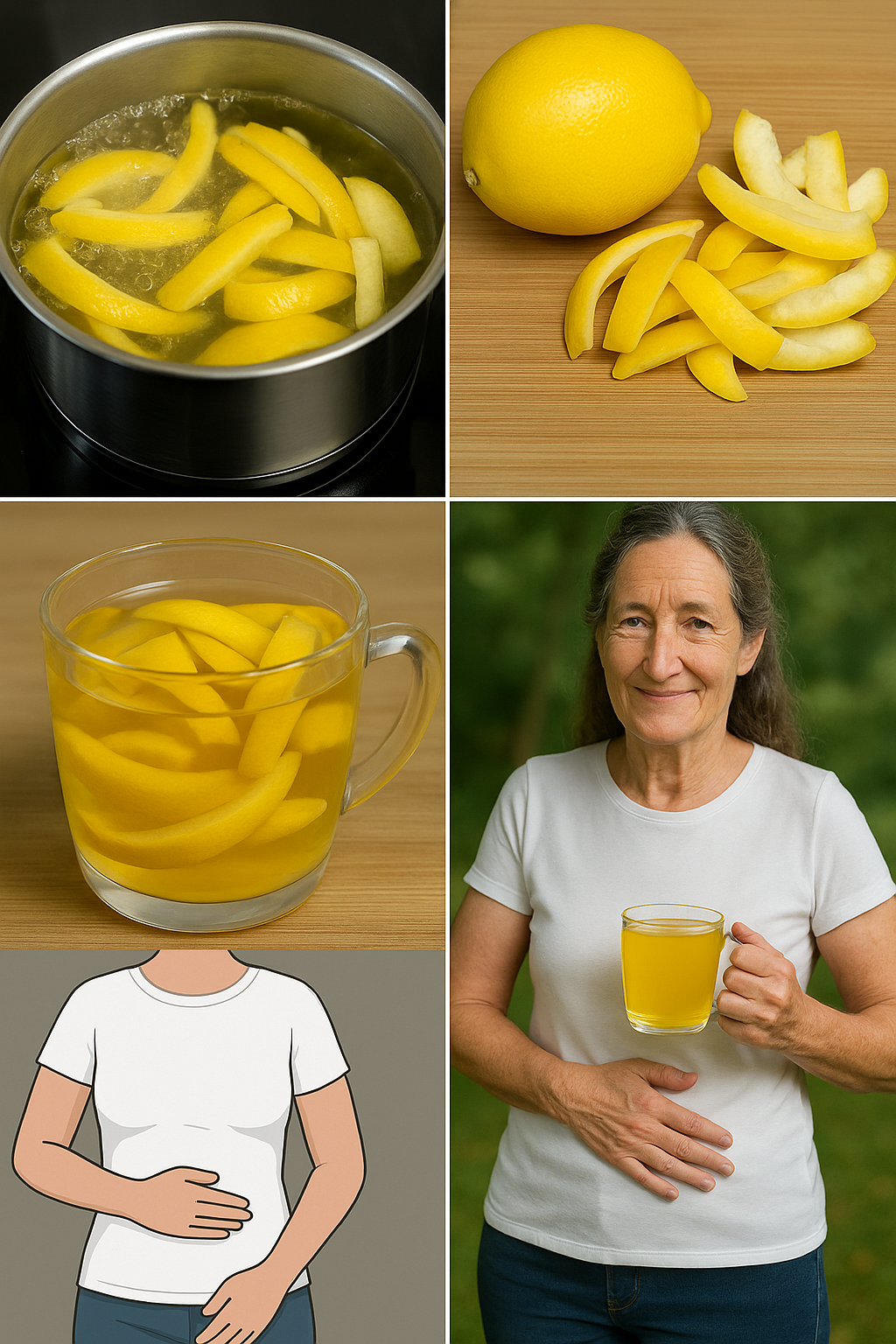🌿 Often dismissed as a mere weed, Stubborn Grass—a common name for Sida acuta, also known as Wireweed or Broomweed—is anything but useless. This fast-growing, resilient plant has been used for centuries in traditional medicine, especially in tropical regions like Africa, India, and Southeast Asia.
But before you pull it out of your garden or walk past it on the roadside, here’s what you need to know: this “invasive” plant is packed with anti-inflammatory, antimicrobial, and immune-boosting compounds that could benefit your health in surprising ways.
Let’s explore the top 10 health benefits of Sida acuta, how to use it at home, and the side effects you should be aware of before adding it to your herbal toolkit.

🌱 1. Fights Inflammation Naturally
One of the most well-known uses of Sida acuta is its anti-inflammatory action. Whether you’re dealing with sore joints, arthritis, or post-exercise muscle aches, this plant may help ease pain and reduce swelling. In traditional medicine, the leaves are often brewed into tea or crushed into a poultice for localized relief.
🛡️ 2. Strengthens the Immune System
Thanks to its high content of antioxidants, flavonoids, and alkaloids, Sida acuta helps neutralize free radicals and supports your body’s natural defenses. If you find yourself frequently catching colds or feeling run down, this herb may offer immune reinforcement.
💊 3. Acts as a Natural Pain Reliever
In many rural communities, Sida acuta is used as a plant-based analgesic for headaches, toothaches, and back pain. The bioactive compounds in the leaves can soothe discomfort naturally—especially when prepared as a warm herbal tea or compress.
🩹 4. Speeds Up Wound Healing
Crushed fresh leaves of Sida acuta are often applied to cuts, burns, and minor wounds to prevent infection and accelerate healing. Its antibacterial and antimicrobial properties help form a natural protective barrier over the skin.
🌬️ 5. Supports Respiratory Health
If you’re dealing with a nagging cough, chest congestion, or mild bronchitis, Sida acuta may help open airways and clear mucus. Traditional healers use leaf decoctions as an expectorant, helping to relieve tight breathing and improve airflow.
🦠 6. May Help in Malaria Recovery
In some parts of Africa and Asia, Sida acuta is part of herbal malaria support formulas. While it’s not a replacement for medical treatment, the herb’s antipyretic and anti-plasmodial activity may help reduce fever and support recovery when used responsibly under guidance.
🍽️ 7. Eases Digestive Upset
Bloating, indigestion, and stomach cramps are common complaints—and this plant might be your gentle, natural ally. Taken as tea, Sida acuta is known to relax the digestive tract and promote smoother digestion.
💉 8. Possible Blood Sugar Support
Some early research suggests Sida acuta might help lower blood glucose levels. This makes it a point of interest for those managing prediabetes or type 2 diabetes—but it must be used with care, especially alongside medication.
🧽 9. Detox Support for the Liver
Sida acuta is believed to act as a liver cleanser, helping flush out toxins and support liver function. Herbal practitioners often use it in detox regimens to improve energy and reduce inflammation related to toxin buildup.
🧴 10. Antifungal and Antibacterial Benefits
From skin infections to mild fungal rashes, Sida acuta has broad antimicrobial activity that’s been validated in lab studies. You can apply it topically as a poultice or infused oil—or use the tea as a skin rinse.
🌿 How to Use Sida acuta (Stubborn Grass) Safely at Home
✅ Herbal Tea:
– Boil 1–2 teaspoons of dried leaves in 1 cup of water
– Let steep for 10 minutes, strain, and drink warm
– Take once daily for general health or 2–3 times for acute symptoms (max 7 days)
✅ Topical Poultice:
– Crush fresh leaves with a bit of water into a paste
– Apply directly to minor cuts, bites, or rashes
– Cover with clean cloth for 15–30 minutes
✅ Detox Decoction (short-term use):
– Simmer 2–3 grams of leaves in 2 cups of water for 15 minutes
– Drink half in the morning, half at night for up to 3 days

⚠️ Potential Side Effects and Cautions
While powerful, Sida acuta is not risk-free. Here are some concerns to keep in mind:
🚫 Allergic Reactions
Some people may develop a rash or irritation after handling the fresh plant. Always do a patch test before using it on your skin.
🚫 Digestive Upset in High Doses
Large quantities of tea or decoction may cause nausea, diarrhea, or stomach cramping. Stick to small, moderate doses.
🚫 Blood Sugar Drop Risk
Because of its blood sugar-lowering potential, it may cause hypoglycemia when combined with diabetes medications. Talk to your doctor first.
🚫 Not for Pregnant or Breastfeeding Women
Sida acuta may stimulate uterine contractions. It should be strictly avoided during pregnancy and breastfeeding due to limited safety data.
🚫 Potential Liver Stress in Long-Term Use
Use only for short periods (3–7 days max) unless under the care of a qualified herbalist or doctor. Prolonged or excessive intake may place stress on the liver or kidneys.
✨ Final Thoughts
What many call just a weed, traditional medicine sees as a natural pharmacy. Stubborn Grass (Sida acuta) is an example of how common plants can offer uncommon healing—when used with knowledge and respect.
Whether you’re looking to ease inflammation, support your immune system, or care for a stubborn wound, this resilient plant may be a valuable ally. Just remember: natural doesn’t always mean harmless—start slow, use it smartly, and listen to your body.
✅ Would you like a printable herbal tea recipe or an illustrated infographic to go with this article?


